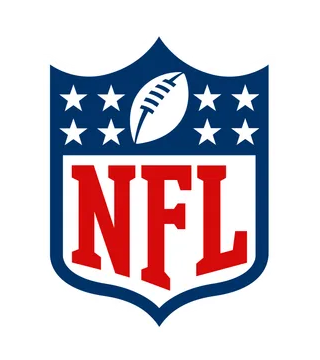Introduction
Hello,
We are halfway through the 2023 NFL season, and I wanted to do a quick look into some metrics pertaining to the QB position.
The two main ones are Completed Air Yards (“CAY”) and Success Rate (“Succ%”)
Completed Air Yards are the amount of yards traveled past the line of scrimmage minus Yards After Catch. Success Rate measures if a play gains at least 40% of yards required on 1st down, 60% of yards required on 2nd down, and 100% on 3rd or 4th down.
I decided to look at CAY because it controls for Yards After Catch, and may be more indicative of a QB’s passing abilities. For instance, if a QB throws a slant for 5 yards, but it goes for a 50 yard TD, that was less a consequence of the QB and more a consequence of the receiver and blocking by teammates. Granted, football is a team sport, and even just looking at that is not a comprehensive look at the greatness of a QB; however, that coupled with Succ% gives some insight I think.
Again, not comprehensive, and that is not really what I am trying to go for anyway, but this is more so just to share some interesting findings.
Methodology
All data was taken from Pro Football Reference. I only chose QBs with a minimum of 97 pass attempts. The different metrics I looked at include CAY, CAY/PA, CAY/Cmp, and Succ%.
After copying all the data, I found the Z-score for each individual and their corresponding metric. Then, I did a two-tail test to see which Z-scores were statistically significant. I set alpha to 0.05.
Findings
The table above is the dataset pertaining to each individual QB with their corresponding metrics.
This table shows the Z-scores for each individual QB and their corresponding metric. The areas highlighted in green are Z-scores that were determined to be statistically significant.
Tables 3-5 just show the graph version of the datasets from tables 1 and 2.
Z-Score Discussion
The only areas that were found to be statistically significant were the following:
P.J. Walker - CAY (lower end of distribution)
P.J. Walker - CAY/PA (lower end of distribution)
Joe Burrow - CAY/Cmp (lower end of distribution)
Brock Purdy - CAY/PA (upper end of distribution)
Brock Purdy - Succ% (upper end of distribution)
Matthew Stafford - CAY/Cmp (upper end of distribution)
The higher the success rate, obviously the better, and with Purdy his success rate is statistically significant. Some QB’s that are close to the upper end (but for whom we would not reject the null hypothesis for) in terms of success rate only really include Allen, Tua, and Goff. On the lower end, Watson, Walker, Wilson and Jones are close, but again, do not cross that critical value of -1.959964.
Limitations
This is not all-encompassing. As far as assessing the QBs, Completed Air Yards and success rate are only part of the equation. There are non-football stat related things to keep in mind, such as personality, experience, age, teammates, and coaches. Taking those into account can help explain why the data is the way it is.
Additionally, a QB can make a great play not through the air. They could very well rush for a big gain or even a TD. This analysis only views the QB position through the prism of passing.
Conclusion
Overall, I think this is interesting, but incomplete. Further inquiry can be made to give a more comprehensive view of the QB position. However, with the metrics we are examining here, I think it is a decent start. Another analysis of this, with more metrics and at the end of the season, would probably be more insightful.


The comprehensive evaluation already exists. It’s called film study. Luckily we can access it for free on youtube from former NFL quarterbacks such as JT OSullivan and Kurt Warner. There are also people like Greg Cosell and Brian Baldinger at NFL Network.
Ultimately any omnibus number that tries to rank a QB’s overall play against the other, even if it has a number of variables feeding into an equation with an effect size as an output, will strip valuable context from the discussion. A QB on one team may look terrible in one place but amazing in another or vice versa (see Tua, Geno Smith, and Watson.) Some QBs are exceptional in some areas but severely lack efficacy in others (See Cam Newton). To put it in statistical terms, football is a gnarly mess of difficult to measure interaction effects.
I would advocate for qualitatively assessing traits and only using quantitative assessments as supplements. With any statistical analysis we need to understand the context in which the numbers exist or we’re prone to misinterpretation.
Chasing down a rabbit hole for a single way to rank quarterbacks in 2023, with our currently measured variables, is unlikely to yield a practically valuable outcome.
PFF does a good job for qualitative analysis. Additionally, and I said this in the beginning of the post, but this wasn’t meant to be a comprehensive evaluation.
It is not possible for PFF to do a good qualitative analysis the way they are doing it. They are assigning an omnibus number to a multifaceted construct with serious myriad interaction effects. Their rankings are asking a question that’s inherently leading us away from useful information.
My beef isn’t just about the evaluation. The stats are the stats and I trust that you’ve done them appropriately. It’s that the entire approach, even downstream. Even if you added every single variable available on football reference, we still wouldn’t have truly actionable information. Good outcomes come from schemes that fit with good player traits and the stats on PFR do a poor job at measuring both those things.